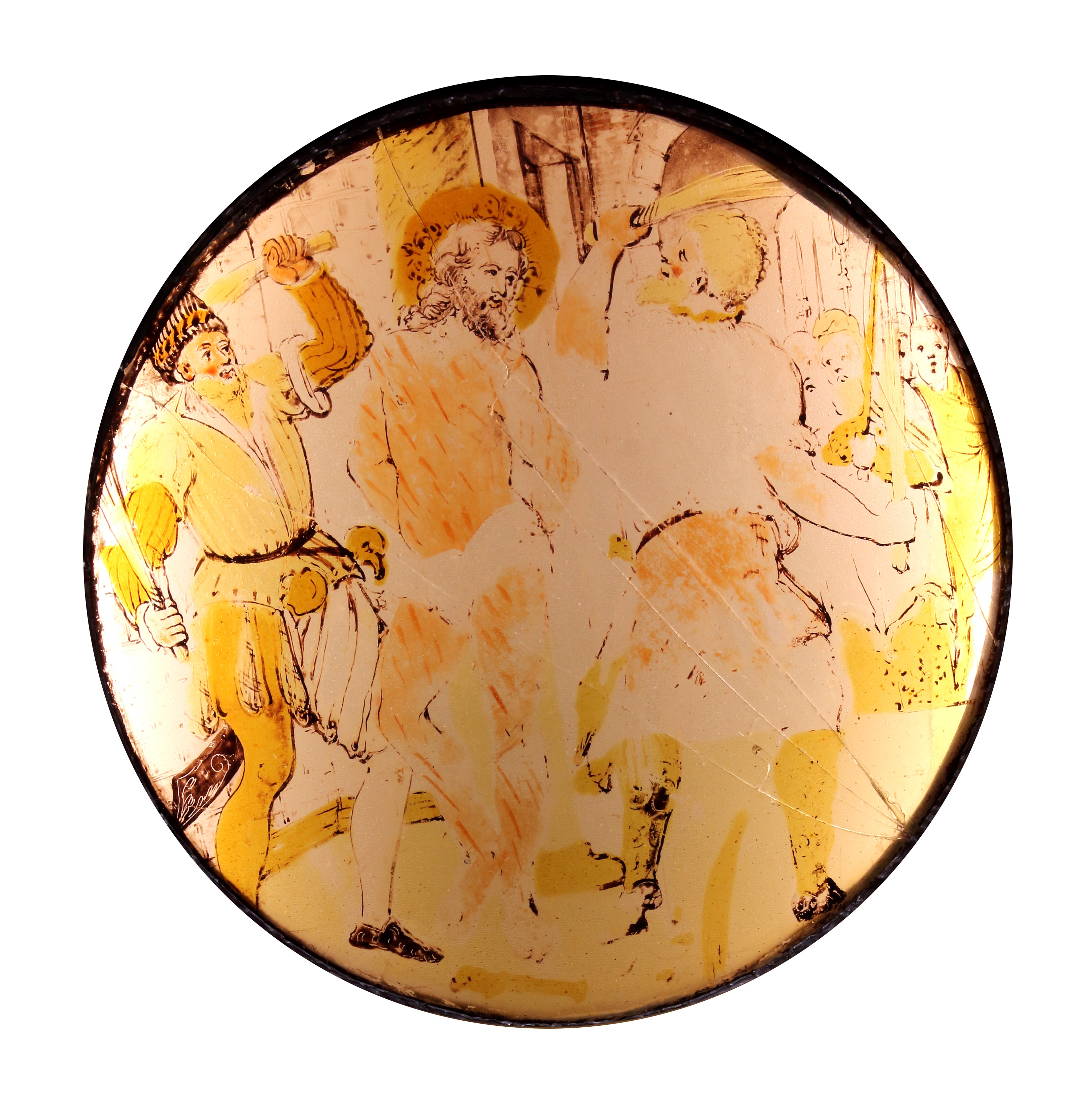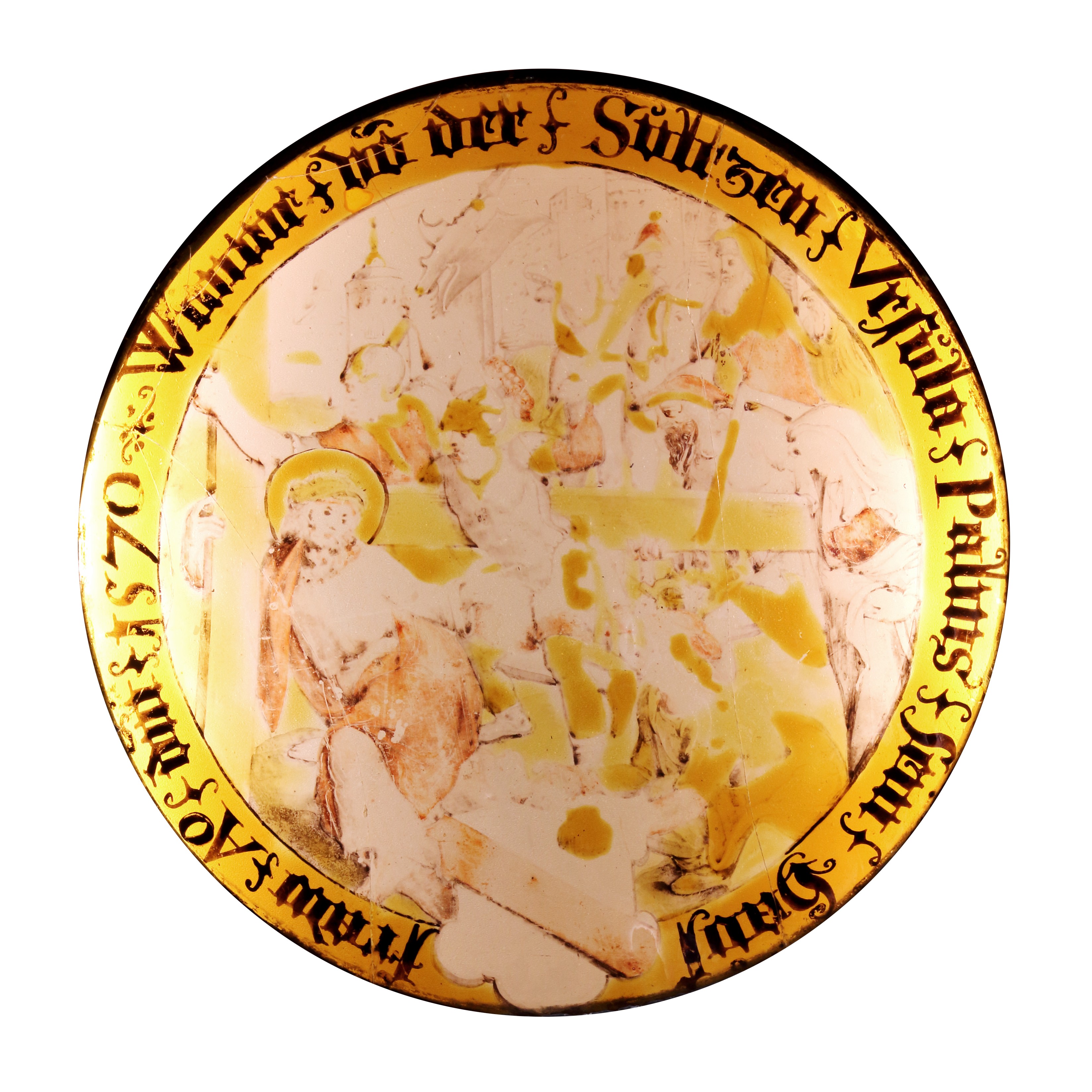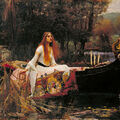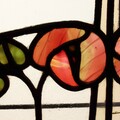The Róth Miksa Memorial House and Collection is not only home to glass paintings made by the Róth workshop, but to those too which belong to the artist’s private collection. A pair of round glass paintings (by the inventory number 99.93.1. and 99.94.1.), dated around 1570, belongs to this second group and they deserve special attention in this time of the year, Eastertime.
As the Renaissance masters usually chose religious themes, and because the client was most often the Church - small wonder that the 16th century cabinet windows, bought by Miksa Róth, depict the Via Dolorosa. The two art pieces don’t compress all of the fourteen stations into two narrative compositions, but they aim to represent its main events. The works could be inspected from multiple different angles. Examining the technique, comparing it with the period’s sacred art or even investigating the provenance of these two works of art could be proper ways of approaching the art pieces. However, the Via Crucis glass pair interested me from a different angle: I attempted to identify the scenes and the figures of the timeworn glass painting.

If we follow the chronology of the Via Crucis stations, we have to examine the glass painting not having any written text first. (99.93.1.) The art piece is set in a round-shaped frame, made from lead. The colour yellow dominates in the composition, the figures were shaped using different shades of yellow. In the focus point of the painting, we see Jesus Christ. His body is only covered by a loin-cloth, his arms are behind his back, probably tied to the column. A decorative, yellow halo is shining around his head, above him, a window can be seen, the composition is closed with an arch and a wall. Under the arch, we can see the crowd of the Jewish people. Jesus’s body is covered in red lines, which illustrate his wounds. On his sides, the sight of two men with scourges in their hands explains the wounds of Jesus. The man on the left wears a hose, loose, striped short trousers and a matching shirt, which evoke the fashion tendencies of the Renaissance. This is reinforced by the date 1570, which is seen on the pendant of this glass painting. Therefore this window depicts the Via Dolorosa’s first station, the condemnation of Jesus Christ. „Then Pilate took Jesus and had him whipped with cords.” (John 19,1)

The other part of the glass pair (99.94.1.) comes with more figures and a written border as well. Besides the yellow enamel paint, red paint also appears, especially on the draperies. Christ is in the bottom left corner, collapsing under the weight of the cross. Here he wears a red garment, with the thorn crown on his head. „And they took off his clothing, and put on him a red robe. And they made a crown of thorns and put it on his head, and put a rod in his right hand.” (Matthew 27,28-29) On his right, a white spot bound with a red strap disrupts the written text, this possibly could have been a family crest. Next to that, there are two arms reaching towards Jesus. From the crouching figure of a female, only the arms, the legs and her torso can be seen, the paint on her face is faded, only the red patch on the top of her head reminds us of a head scarf. The two arms reaching out towards Christ, and the female figure, imply that the figure is a depiction of Veronica. Behind Veronica, there is another female figure who, according to the iconographical tradition, could be a depiction of Virgin Mary. Her body crouched, her head is covered with a head scarf, which falls on her shoulders and she is looking at her son. On the other side of the cross, a bearded man appears, who, with his right arm, holds the cross. Maybe it is Simon of Cyrene helping to ease the weight of the cross. Behind him, there is a prancing horse and another one which turns its head the other way, and their riders. In the background, the silhouette of a town can be recognized. Above Jesus, on the two sides of the cross soldiers stand, their clothes and helmet coloured with a reddish shade, with a poleaxe in the hand of one of them. The composition merges a number of stations of the Via Crucis: Jesus falls under the weight of the cross, meets Mary, Simon of Cyrene helps him carry the cross and Veronica hands her veil to Christ.
Unravelling the pictures was quite a challenge due to the poor condition of these glass paintings, but I succeeded in recognizing the stations and figures of the Via Dolorosa. The theme of the first art piece, which was Christ before Pilate, was easier to identify, because it illustrates, as usual, one station only. On its pendant, searching for and finding the details of the depiction of the four stations of the Via Crucis was a bigger challenge, but at the same time the process was interesting, as the arrangement of the scenes was quite intriguing. Although the identification of the scenes and figures of the cabinet pictures is finished, research focusing on other aspects of the art pieces is yet to be done.



